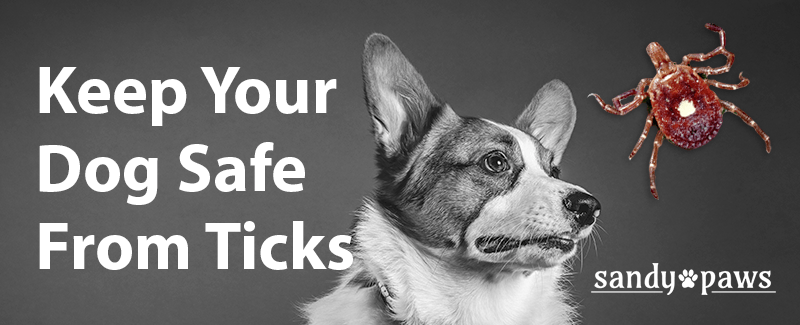Tick numbers are on the rise! Are you doing everything you can to protect your dog from tick-borne diseases?
The most common tick-borne diseases are Ehrilichoisis, Anaplasmosis, Rocky Mountain spotted fever, Hepatozoonosis, Babesiosis, and, of course, Lyme disease. Many diseases found in ticks can be transmitted to both dogs and humans.
So how can you protect yourself and your furry friend?
- Use a preventative. There are many options available: topical medication, tick collars, edibles, etc. Ask your vet which preventative is right for your dog. These aren’t 100% effective, but they reduce the risk.
- Check your dog (and yourself) daily. Make sure you check your dog’s neck, ears, in between the toes, and the folds between the leg and body.
- Remove any ticks you find ASAP. Tick-borne diseases can be passed in as little as 3 hours after a bite so the sooner you get the tick off, the better.
- Watch for symptoms. If your dog displays any of the following, contact your vet: lethargy, loss of appetite, lameness/ reluctance to move, weight loss, fever, vomiting, runny eyes and/or nose.
- Ask your vet about annual testing for tick-borne diseases.
You found a tick on your dog – how do you get it off?
The best method for removal is to use fine-point tweezers to grab the tick as close to the skin as possible. Then pull the tick straight out with slow, steady pressure.
Don’t twist or jerk the tick – that might leave some parts behind or the tick may regurgitate infected fluids.
Don’t squeeze or crush a tick with your bare hands. Contact with an infected tick’s fluids can transmit infection to you or your pet.
Don’t cover the tick with petroleum jelly or other products and don’t touch the tick with a hot match. These methods may cause the tick to regurgitate saliva into the wound, which can actually increase the risk of any diseases being passed.
After you have removed the tick, disinfect the bite area on your dog with rubbing alcohol, wash your hands, and sterilize your tweezers with alcohol. Periodically check the bite area for the next few weeks and contact your vet if you notice any sign of infection (redness or inflammation).
The best way to kill a tick is to drop it into a container of rubbing alcohol.
Be sure to save the tick in a sealed jar, in case you notice possible symptoms of illness, your vet will want to be able to have the tick to check to see if it is infected.
For more information, visit the University of Rhode Island’s TickEncounter Resource Center at http://www.tickencounter.org/.


Leave A Comment